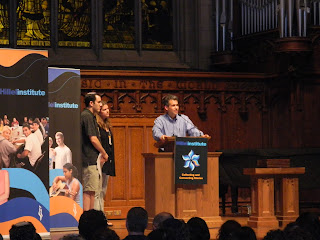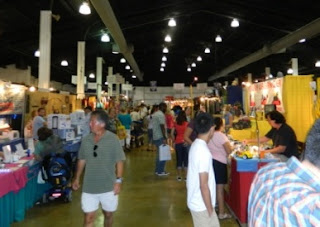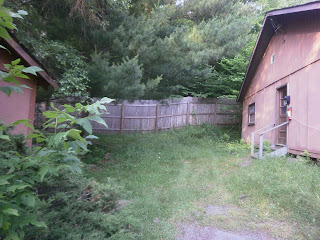Both before, during, and after turning thirty a few months ago, my mind turned to perhaps the most famous rabbinic statement regarding changing ages - that of Yehudah, son of Tema, found toward the end of the fifth chapter of tractate Avot, wherein he goes through every decade of ones life and a few other ages, as well and characterizes them. Regarding turning thirty, he says simply "שלשים לכח". It's not simple to translate it - there are multiple options: thirty to power, thirty to ability, thirty to strength, thirty to energy, etc. (or strength at thirty, ability at thirty, etc.).
Now that I'm thirty, what does this mean for us aged 30-39? There's no simple answer; furthermore, inasmuch as traditional commentators have penned much regarding the earlier ages, there is very little written on 30. By the way, 30's an exciting age, so it should be a special one.
In any event, here is what some traditional commentators have written on the matter:
Rabbi Menahem Meiri, wrote (in his Beit haBehirah): "כלומר שאז נתמלא כחו והוא בתכלית הכח יתבונן שלא יוציאנה רק לעבודת השי"ת כמו שנאמר בלוים שלא היו כשרים לעבודת משא אלא מבן שלשים ומעלה". Rabbi Shimon, son of Zemah, Duran wrote (in his Magen Avot): "למדנו מלויים, שמבן שלושים שנה היו מקימין המשכן ומפרקין אותו, וטוענין העגלות ונושאין בכת". Similarly, Rabbi Ovadiah, son of Abraham, of Bertinoro, wrote (in his commentary): "שהלוים היו מקימים את המשכן ומפרקין וטוענין את העגלות ונושאין בכתף מבן שלשים שנה ומעלה". Rabbi Israel Lipschitz wrote (in the Yakhin part of the Tiferet Yisrael) "כבר נתבשל כחו שבגופו בכל האפשרי".
The upshot is that some of them say that hitting thirty is the apex of one's strength, and they commonly say that there is a connection with the levites who, at 30, are able to carry the implements of the tabernacle and generally serve there. It's interesting to me to consider the strength element, especially since I took a two and a half month hiatus from lifting, before getting back into it. For me, generally, I have enjoyed lifting weights and have seen it as an integral part of my identity. I was kind of sad that I let it go for a few reasons, but it has been reinvigorating to get back into it and I am totally enjoying returning to work on my strength-building, which is very much in line with the Mishnah!
Now that I'm thirty, what does this mean for us aged 30-39? There's no simple answer; furthermore, inasmuch as traditional commentators have penned much regarding the earlier ages, there is very little written on 30. By the way, 30's an exciting age, so it should be a special one.
In any event, here is what some traditional commentators have written on the matter:
Rabbi Menahem Meiri, wrote (in his Beit haBehirah): "כלומר שאז נתמלא כחו והוא בתכלית הכח יתבונן שלא יוציאנה רק לעבודת השי"ת כמו שנאמר בלוים שלא היו כשרים לעבודת משא אלא מבן שלשים ומעלה". Rabbi Shimon, son of Zemah, Duran wrote (in his Magen Avot): "למדנו מלויים, שמבן שלושים שנה היו מקימין המשכן ומפרקין אותו, וטוענין העגלות ונושאין בכת". Similarly, Rabbi Ovadiah, son of Abraham, of Bertinoro, wrote (in his commentary): "שהלוים היו מקימים את המשכן ומפרקין וטוענין את העגלות ונושאין בכתף מבן שלשים שנה ומעלה". Rabbi Israel Lipschitz wrote (in the Yakhin part of the Tiferet Yisrael) "כבר נתבשל כחו שבגופו בכל האפשרי".
The upshot is that some of them say that hitting thirty is the apex of one's strength, and they commonly say that there is a connection with the levites who, at 30, are able to carry the implements of the tabernacle and generally serve there. It's interesting to me to consider the strength element, especially since I took a two and a half month hiatus from lifting, before getting back into it. For me, generally, I have enjoyed lifting weights and have seen it as an integral part of my identity. I was kind of sad that I let it go for a few reasons, but it has been reinvigorating to get back into it and I am totally enjoying returning to work on my strength-building, which is very much in line with the Mishnah!





















